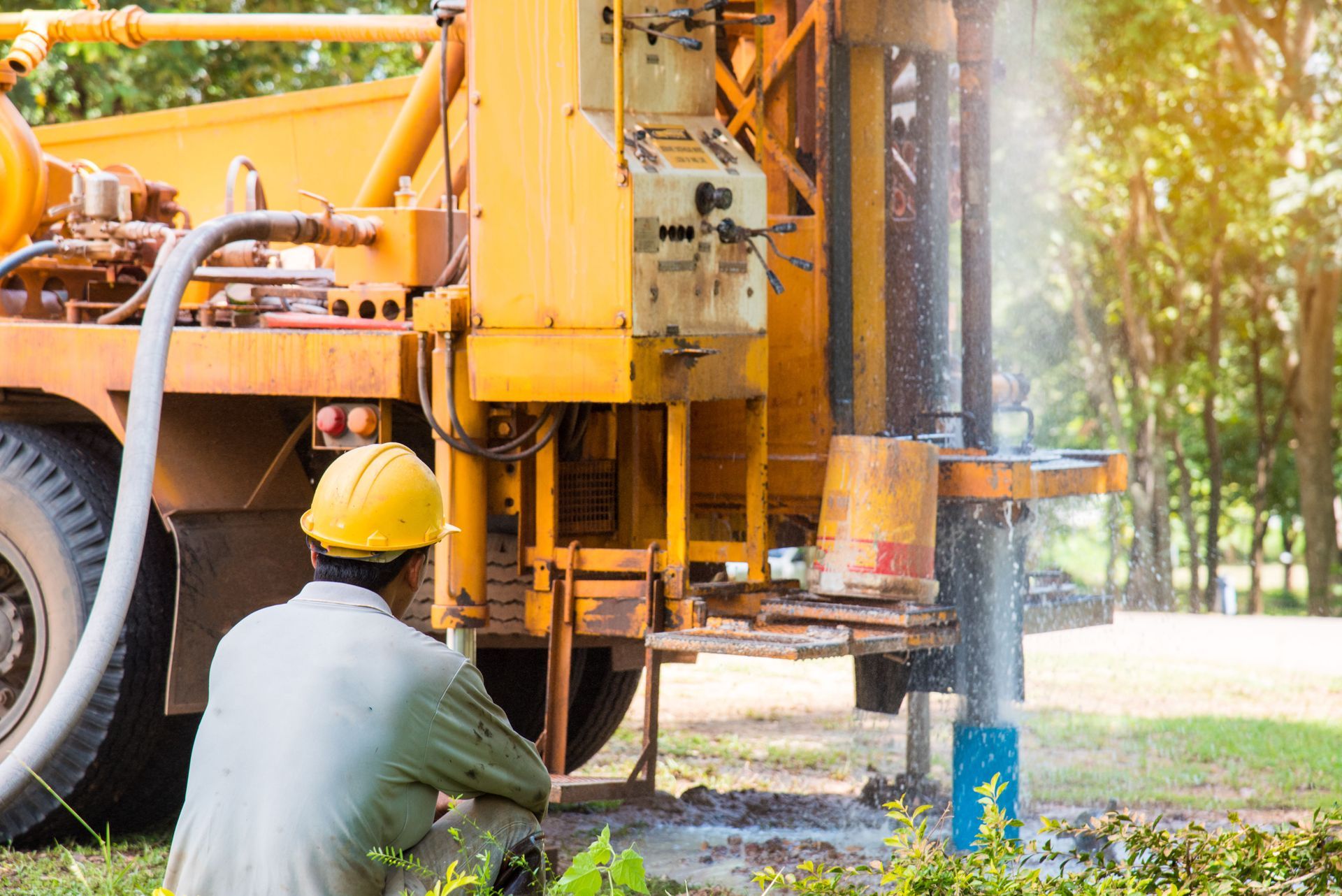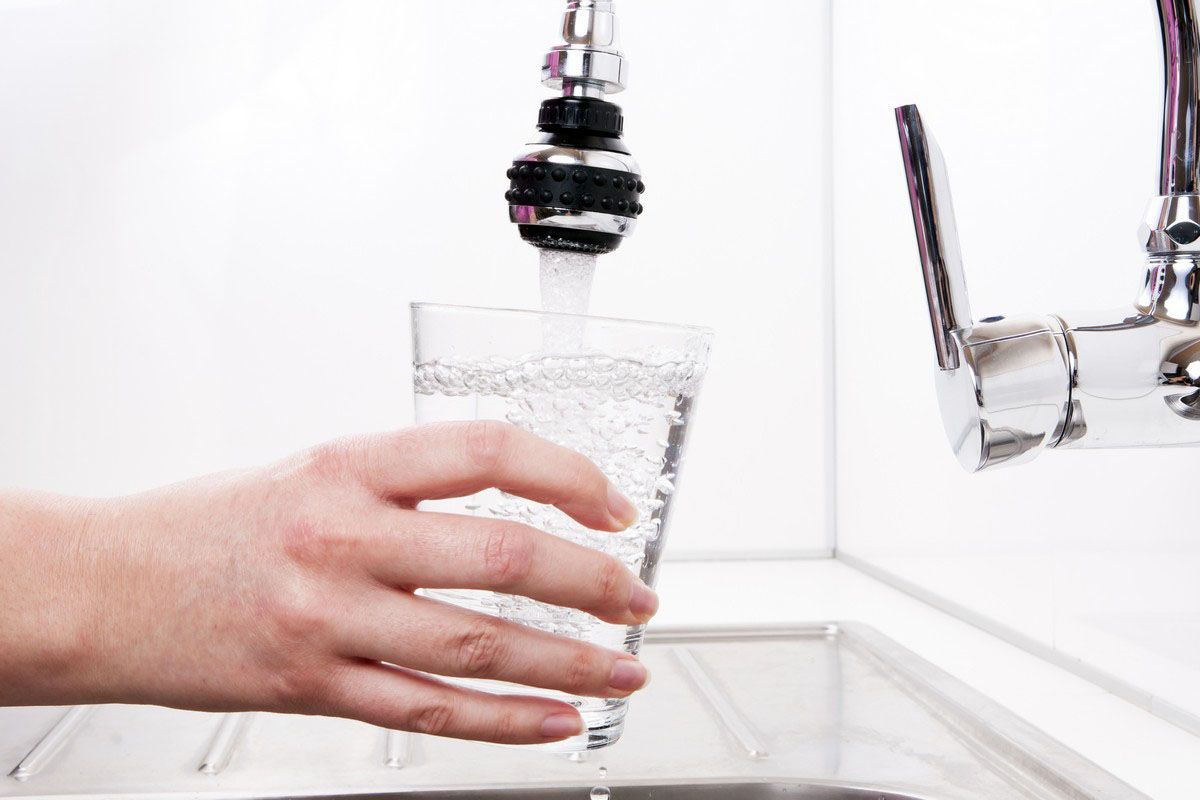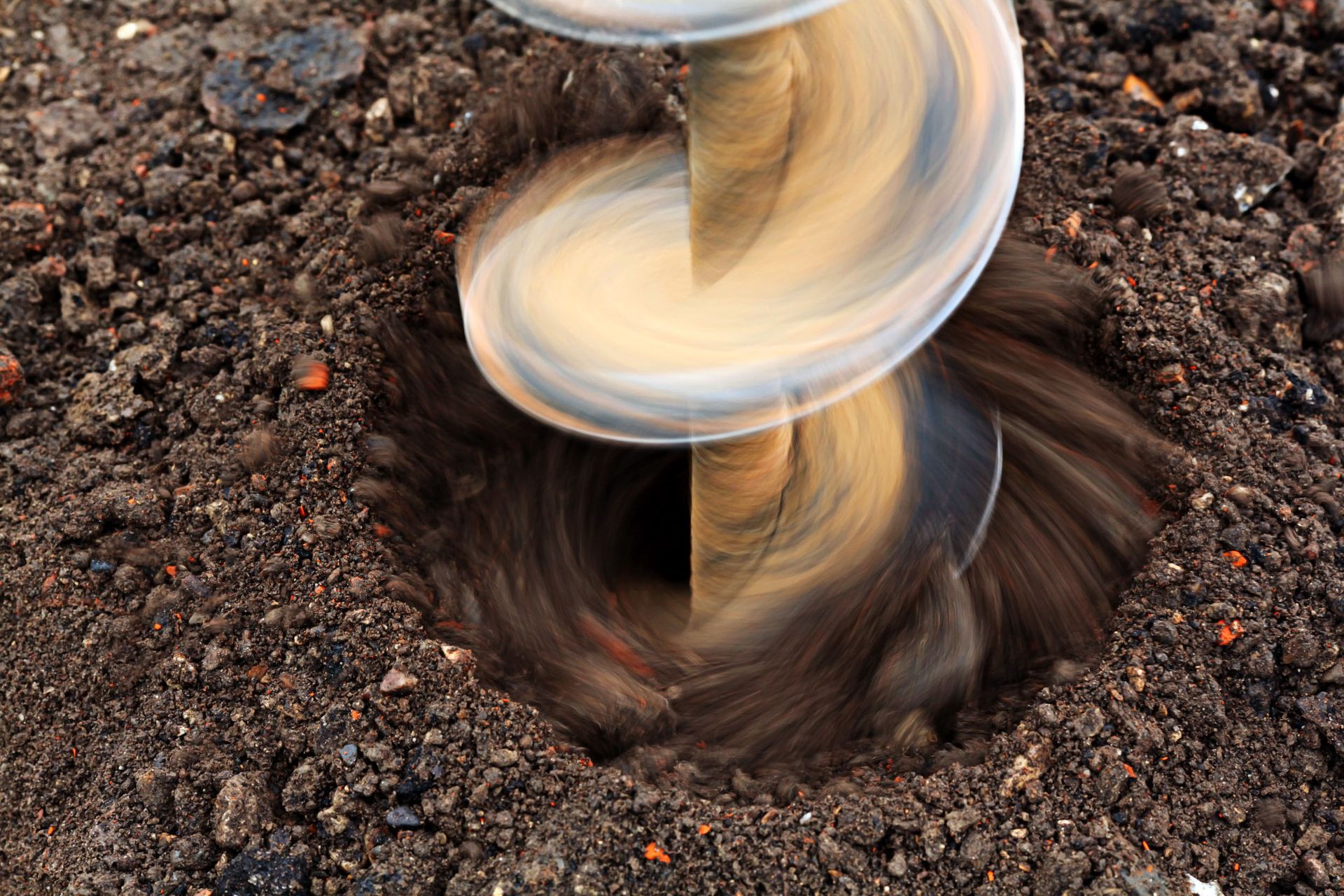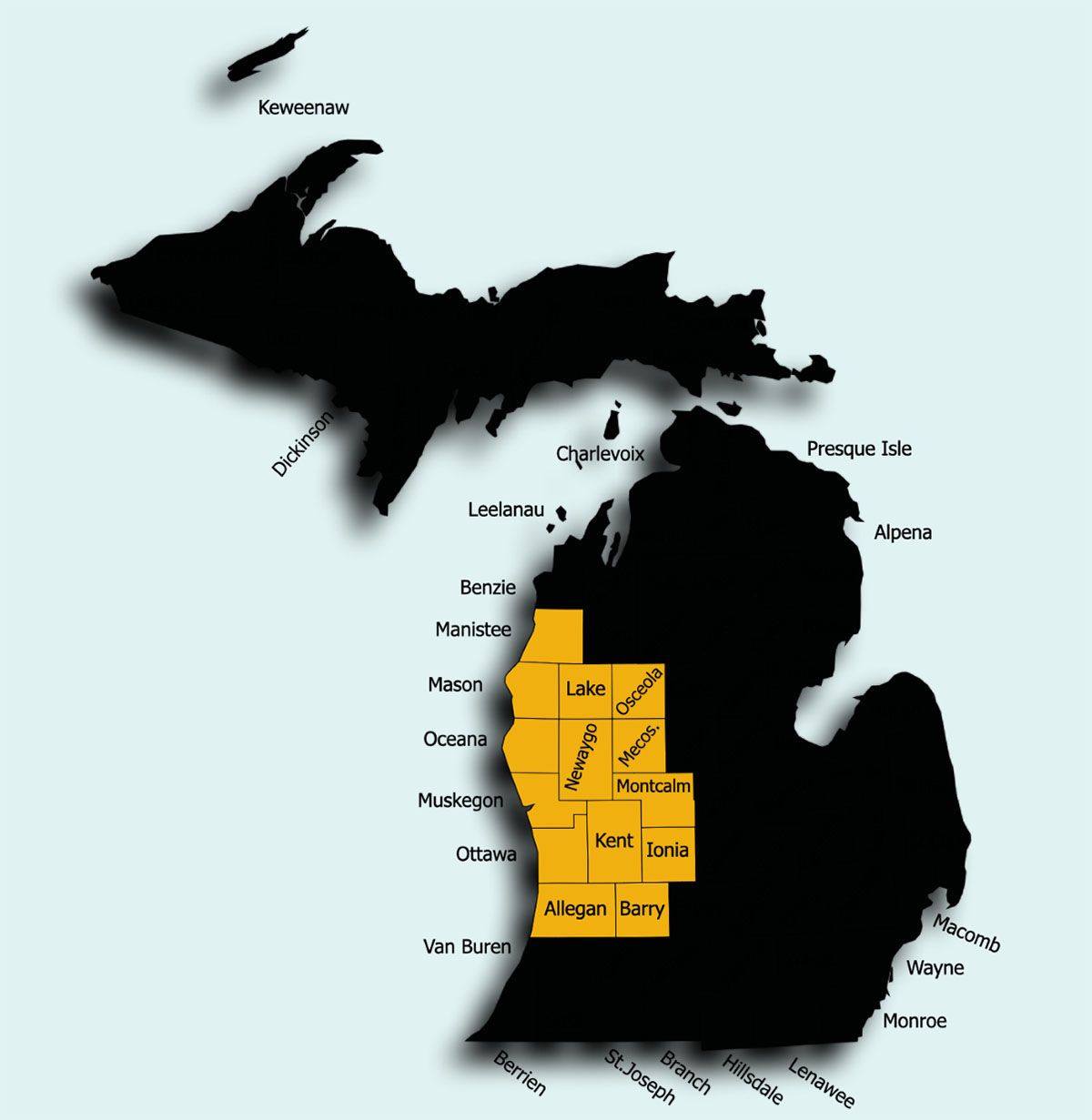September 23, 2025
By Mike Wahlfield | September 23, 2025
Installing a well is a significant investment that can provide a sustainable water supply for your household or property. However, the process involves more than just drilling a hole in the ground. Careful consideration of several factors is critical to ensure the installation is successful and meets your needs. Initial planning can help prevent potential issues, such as low water yield or contamination. Understanding the basics of well installation will provide you with a solid foundation to make informed decisions.
One of the primary steps before pursuing a well installation is assessing the suitability of your land. This involves understanding local water availability, geological conditions, and regulations. Taking time to thoroughly examine these elements can save time and resources in the long run. Additionally, successful well installation requires careful planning and knowledge of each step in the process. With that understanding, it becomes easier to meet your freshwater needs sustainably and safely.
1. Selecting the Right Location
The water table is the underground boundary between the soil surface and the area where groundwater saturates spaces between sediments and cracks in rock. Knowing the water table levels of your property is essential for choosing a location for your well, as it impacts both the feasibility and cost of installation. If the water table is too deep, drilling costs could escalate significantly. Conversely, a water table too close to the surface might increase the risk of contamination.
Understanding the geological conditions of your area is fundamental for selecting an optimal location for your well. Different soil compositions and bedrock conditions can affect how easily water can be accessed and the rate at which it can be extracted. For instance, areas with sandy soils generally allow for better water flow compared to clay-rich soils, which may impede movement. Geologists can provide insights into suitable locations for drilling by evaluating geological maps and conducting on-site assessments.
Drilling a well isn't just a question of feasibility; it also involves complying with local, state, and federal regulations. These regulations are in place to ensure a safe water supply and environmental protection. For example, drinking water wells should have a minimum depth of 100 feet, according to Forbes, to minimize contamination risks. Failing to adhere to legal requirements can result in hefty fines and the need to redrill the well.
2. Choosing the Appropriate Well Type
There are generally three types of wells: dug, driven, and drilled, each suited for different geological conditions and water needs. Dug wells are shallow and typically not very reliable, particularly for potable water. Driven wells are somewhat deeper, suited for areas with loose soils and shallow aquifers. Drilled wells are the deepest and most reliable option, capable of tapping into deeper water sources.
The cost of installing a well largely depends on the type of well, its depth, and the difficulty of drilling. While drilled wells may have higher upfront costs, their benefits often outweigh the initial investment due to their reliability and longevity. Dug and driven wells are generally less expensive but may require more frequent maintenance and pose a higher risk of contamination. Therefore, it's important to conduct a cost-benefit analysis based on your long-term water requirements.
Long-term performance is a critical factor to consider when choosing the well type. Drilled wells, for example, generally offer a steady water supply and require fewer interventions over their lifespan, making them ideal for sustainable water extraction. While they involve a higher initial investment, their minimal maintenance needs could mean lower expenses over time. By contrast, dug wells might be cheaper to install but often encounter issues like drying up and contamination, which can escalate maintenance costs.
3. Understanding the Installation Process
Site preparation is a vital part of the well installation process. This involves clearing the land, removing obstructions, and ensuring the ground is stable enough for drilling. Using the right equipment is crucial to facilitate a smooth installation and subsequent maintenance. Drilling companies should employ advanced machinery that minimizes environmental impact while maximizing efficiency. Poor preparation could lead to project delays, increased costs, and potential hazards, making the role of experienced contractors paramount.
The choice of drilling technique can significantly influence both the cost and success of the well installation. Rotary drilling is the most commonly used method for deeper wells, as it can penetrate various types of terrain and reach aquifers located deep underground. Percussion drilling, though less common, might be used in certain geological conditions. Choosing the right drilling method involves weighing factors such as soil composition, water table depth, and budget constraints. Each technique has its pros and cons, which should be evaluated carefully to ensure the well meets your long-term needs.
The pumping system is integral to the functionality of the well, determining how water is extracted and distributed. Selecting the right pump involves considerations like the depth of the well, expected water yield, and energy efficiency. Submersible pumps are often recommended for deep wells, as they can efficiently pull water from great depths. Installation and calibration of the pumping system should be handled by experienced professionals to ensure optimal performance and longevity. A well-selected and installed pumping system guarantees a steady provision of water, safeguarding against interruptions.
4. Considering Maintenance and Sustainability
A regular inspection schedule is essential for prolonging the lifespan of a well and ensuring its efficiency. Inspections typically focus on examining physical components, water quality, and the overall performance of the water system. Such evaluations help identify issues early, before they escalate into costly repairs or deteriorate water quality. Scheduling these inspections at least annually, or more frequently if conditions dictate, can prevent major disruptions. Adhering to regular maintenance schedules leads to sustainability, maximizing the return on investment from the well.
Ensuring the quality of water from your well is of utmost importance, especially if it supplies potable water. Regular water quality tests detect potential contaminants, including bacteria, nitrates, and heavy metals. These assessments are vital for keeping in line with public health standards and legal mandates, such as those requiring wells used for drinking to reach certain depths. Utilizing certified laboratories and professionals for water quality testing ensures accurate results and compliance with industry standards. Clean water is integral to health, making quality testing an indispensable aspect of well management.
The efficiency and reliability of a well are heavily reliant on the performance of its pumps and associated equipment. Routine checks and timely servicing extend the lifespan of pumps, ensuring they operate at optimal efficiency. Regular upkeep involves lubricating moving parts, checking electrical systems, and replacing worn-out components. Neglecting maintenance can result in reduced water yield, higher energy costs, and increased wear and tear. A well-maintained pump system not only saves money but also ensures consistent access to water, underscoring the importance of ongoing care.
The successful installation and operation of a well require careful planning and adherence to numerous factors. From site selection to understanding the legal landscape, each element contributes significantly to ensuring a reliable and sustainable water source. Staying educated on these factors not only promotes effective management but also ensures compliance, safety, and long-term efficiency.
Ensure your water needs are met safely and efficiently. Partner with Wahlfield Drilling Co for expert well installation and guidance. Our experienced team helps you navigate site selection, legal requirements, and all critical steps to create a reliable, long-lasting water source. Contact us today to plan your well with confidence and secure sustainable water for years to come.







